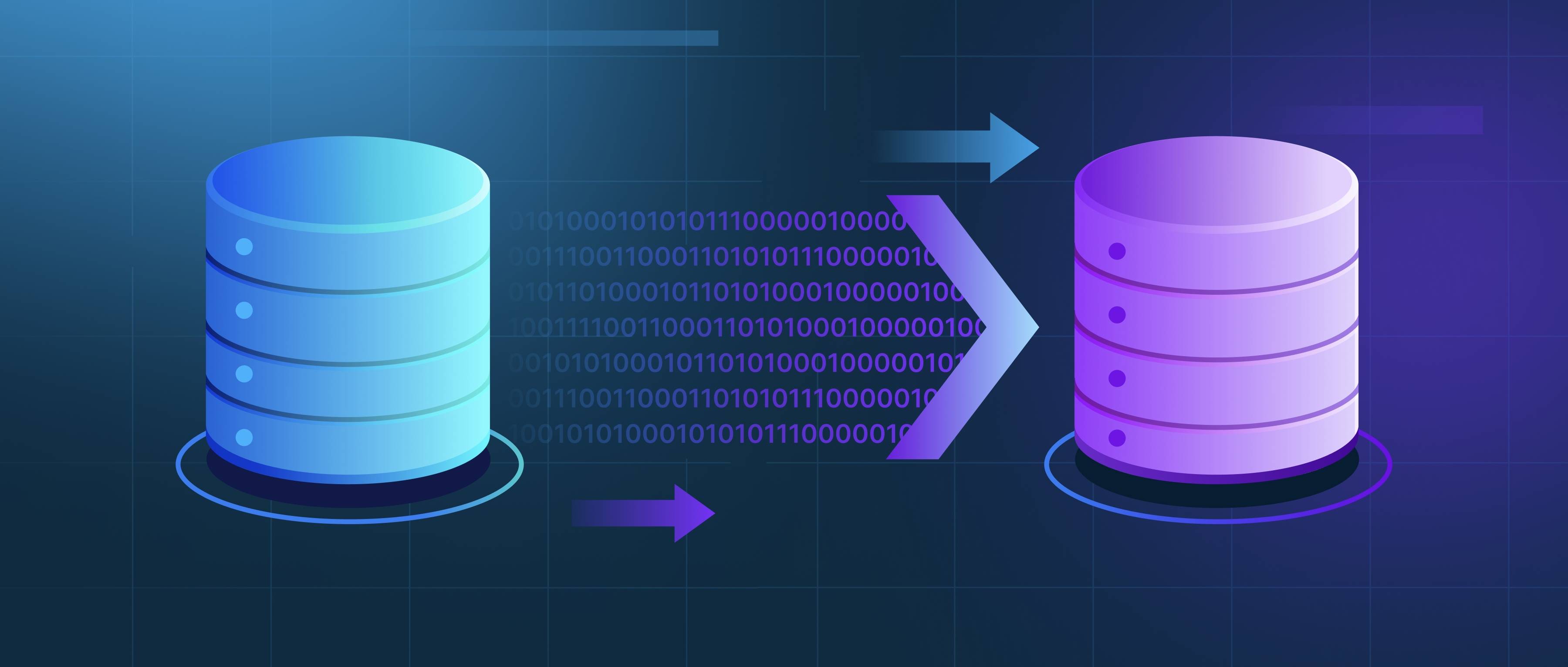To generate synthetic datasets, you can use various methods depending on your needs and the complexity of the data. One common approach is to utilize data generation libraries, such as Faker or NumPy in Python, which allow you to create random data following specific formats or distributions. For instance, you might use Faker to simulate realistic names, addresses, and emails, while NumPy can help you generate numerical data that follows a certain statistical distribution, such as normal or uniform. Additionally, more sophisticated techniques involve using generative models like Generative Adversarial Networks (GANs) that learn patterns from real datasets to create new, synthetic instances that mimic the original data.
Synthetic datasets are particularly useful in scenarios where real data is scarce, sensitive, or difficult to obtain. For example, if you are developing a machine learning model for healthcare applications, you may encounter privacy regulations limiting access to patient data. By generating synthetic medical records that maintain the statistical properties of the original data without revealing sensitive information, you can train your model effectively. Another case where synthetic data is beneficial is in testing software applications or algorithms, where having datasets can help ensure thorough validation without risking exposure of real data.
However, it’s crucial to understand when synthetic data is appropriate. While it can enhance model training and testing, using synthetic datasets should be approached with caution, especially if real-world applicability is important. If the synthetic data does not accurately reflect the complexities and nuances of real-world data, it can lead to models that perform well during testing but fail in practice. Therefore, always validate the generated data against real data, if possible, and combine synthetic datasets with actual ones to achieve better results.
